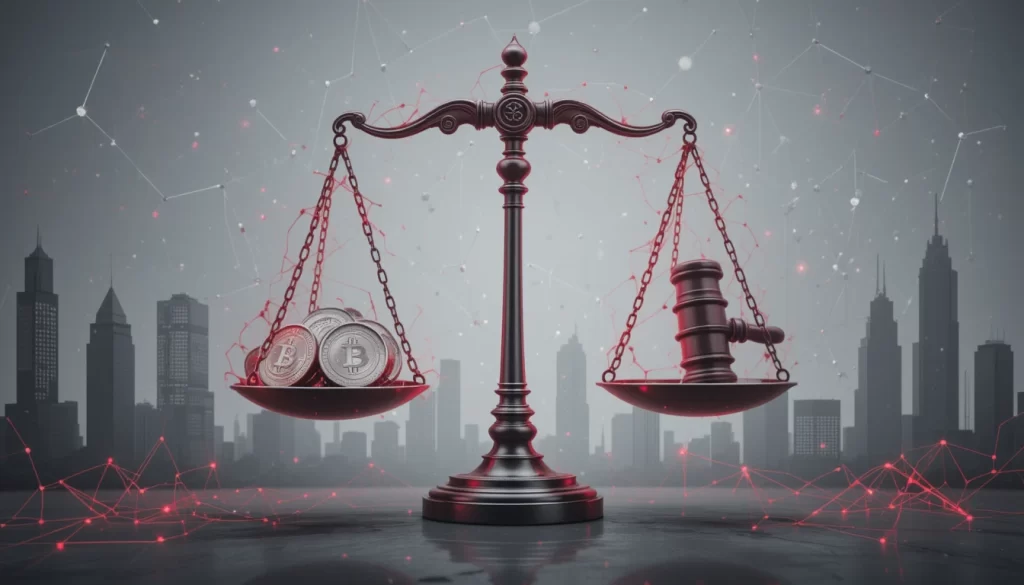Tokenization—the process of converting ownership rights in real-world assets (RWAs) into digital tokens on a blockchain—has garnered significant attention in the United States. This innovative approach offers benefits such as increased liquidity, fractional ownership, and enhanced transparency. However, the regulatory landscape governing tokenization in the U.S. is complex and evolving, presenting both opportunities and challenges for stakeholders.
Regulatory Framework
In the U.S., the regulatory treatment of tokenized assets largely depends on their classification. The Securities and Exchange Commission (SEC) plays a pivotal role in this determination. If a tokenized asset is deemed a security, it must comply with existing securities laws, including registration requirements and disclosure obligations. This ensures investor protection and market integrity.
The SEC utilizes the “Howey Test” to assess whether a token qualifies as an investment contract, and thus a security. Factors considered include the expectation of profits derived from the efforts of others. Tokens representing ownership in assets like real estate or commodities may fall under this classification, necessitating adherence to securities regulations.
Challenges and Considerations
One of the primary challenges in tokenization is ensuring that the digital token accurately represents the legal rights of the underlying asset. This involves establishing clear legal frameworks that define the relationship between the token and the asset it represents. Additionally, the transfer of tokens must effectively convey the associated legal rights, which can be complicated by varying state laws and the novelty of blockchain technology.
Market infrastructure is another critical consideration. The existing financial system must adapt to support the issuance, trading, and settlement of tokenized assets. This includes developing compliant platforms that can handle the unique aspects of digital tokens while ensuring security and regulatory compliance.
Industry Perspective
Industry participants have expressed concerns about the current regulatory environment. For instance, Robinhood CEO Vlad Tenev highlighted that the lack of clear regulations in the U.S. hampers the advancement of security tokenization efforts. He emphasized the need for well-defined guidelines to foster innovation while ensuring investor protection.
Conclusion
As tokenization continues to evolve, it is imperative for regulators, industry stakeholders, and legal experts to collaborate in developing comprehensive frameworks. Such collaboration will ensure that the benefits of tokenization are realized while maintaining the integrity and stability of the financial system. Clear regulations will not only protect investors but also promote innovation and growth in the burgeoning field of asset tokenization.
